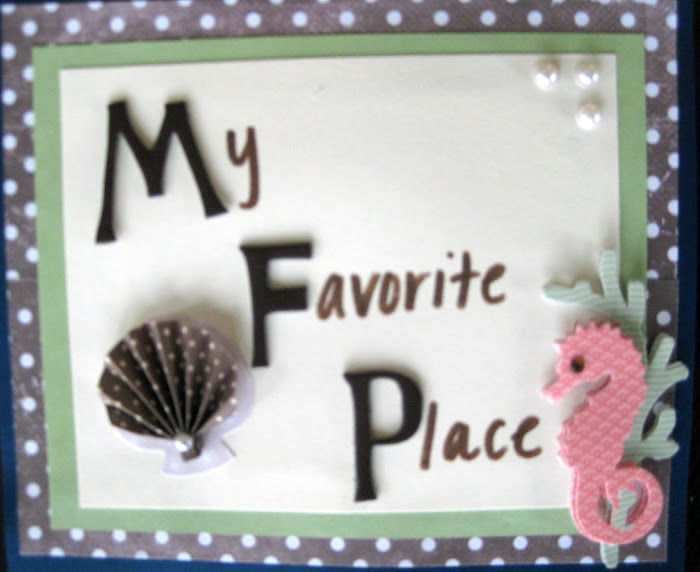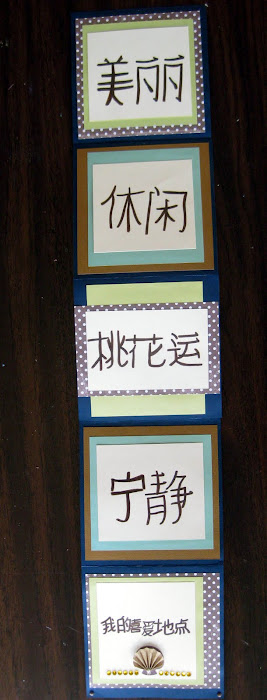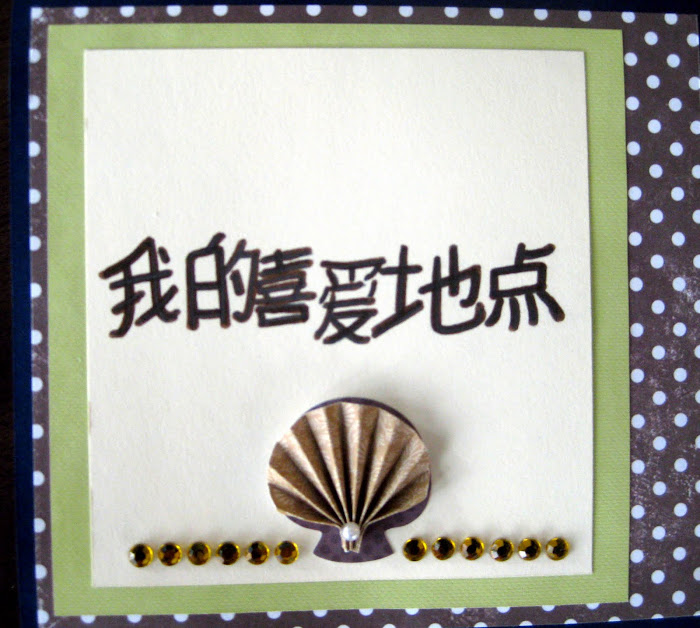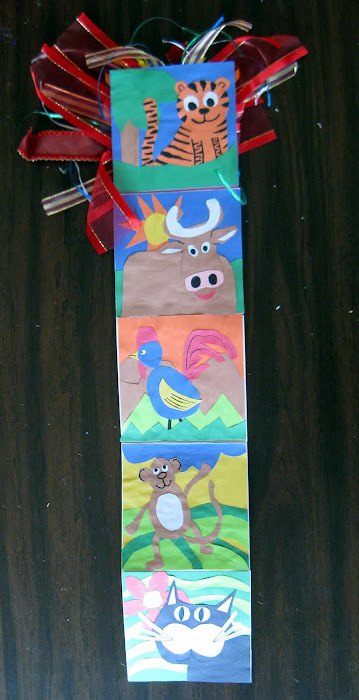This is an assignment for us to rethink the way we handle our resources. It is a journey of slef-discovery. It is simple, actualy. Every student is required to document a five-day-long recount on your own household recyclable wastes. In addition to make a chart and a graph, each student provides a list of possible ways to reuse these items. And further estimate how much money you could have saved if you change certain living habit.
Pam's 5-day result:
Thursday- 1 cardboard tissue box, I cereal box, salad scraps and peelings, 6 napkins, multiple tissues (used), Jell-O box, 2 glass bottles, banana peels, grapefruit rinds, 1 plastic milk jug, 6 envelopes, 2 cans
Friday- 6 napkins, 2 banana peels, 2 orange rinds, 2 grapefruit rinds, salad scraps, multiple tissues, 2 water bottles, 3 plastic shopping bags, 1 newspaper, 6 glass bottles, 4 envelopes, 4 cans
Saturday- 1 plastic syrup bottle, salad scraps, plastic wrappings, 6 tin cans, multiple tissues, 1 toilet paper roll, 1 paper towel roll, gift wrap roll, 1 newspaper, 2 glass bottles, 4 envelopes
Sunday- 1 cereal box, 1 tissue box, 1 rice box, multiple tissues, 1 egg carton, 1 plastic milk jug, 1 juice carton, styrofoam, 2 glass bottles, 1 glass jar, 1 newspaper, 1 church program, 2 cans
Monday- 1 cardboard oatmeal container, 1 plastic butter tub, 2 styrofoam trays, 3 tin cans, 2 plastic bottles, 4 glass bottles, 4 envelopes, 6 cans
Tuesday- 1 cereal box, 1 tissue box, 3 envelopes, several paper flyers, salad scraps and peelings, banana peels, 1 milk jug, 4 tin cans,
We do not see these things until we make effort to force ourself to "pay attention" to something seems so trivial.








